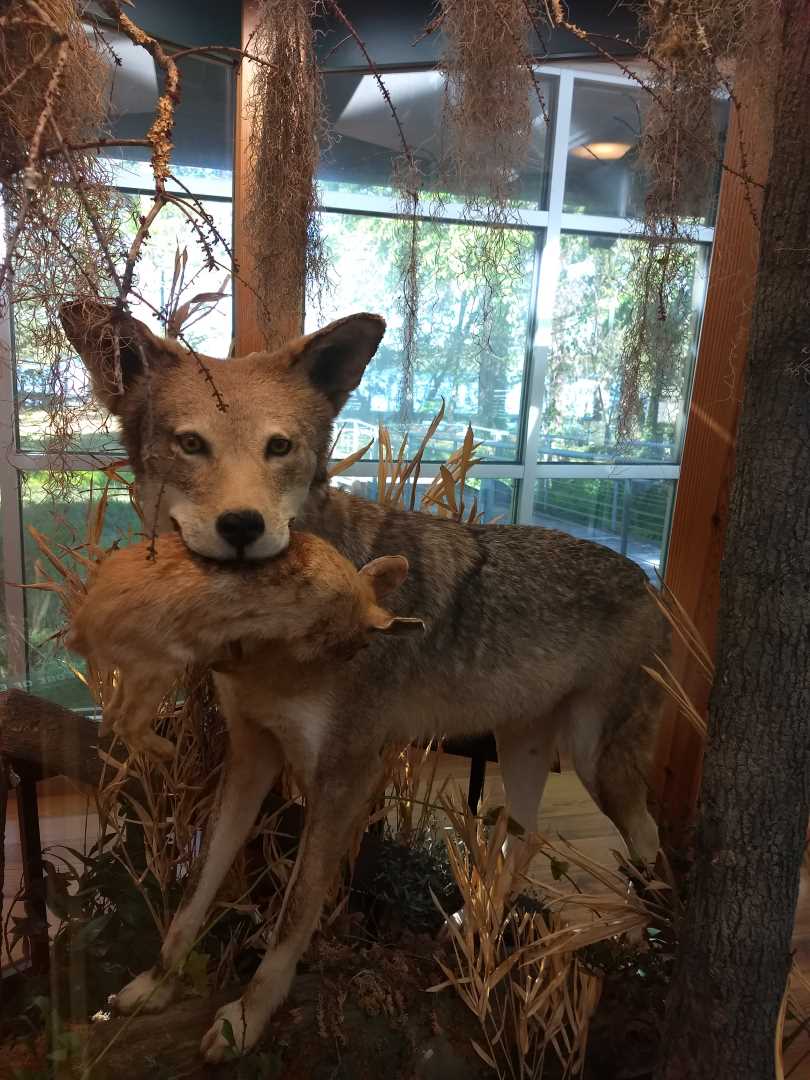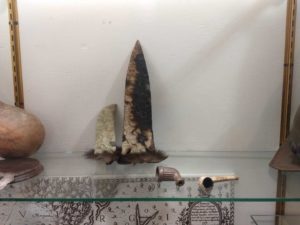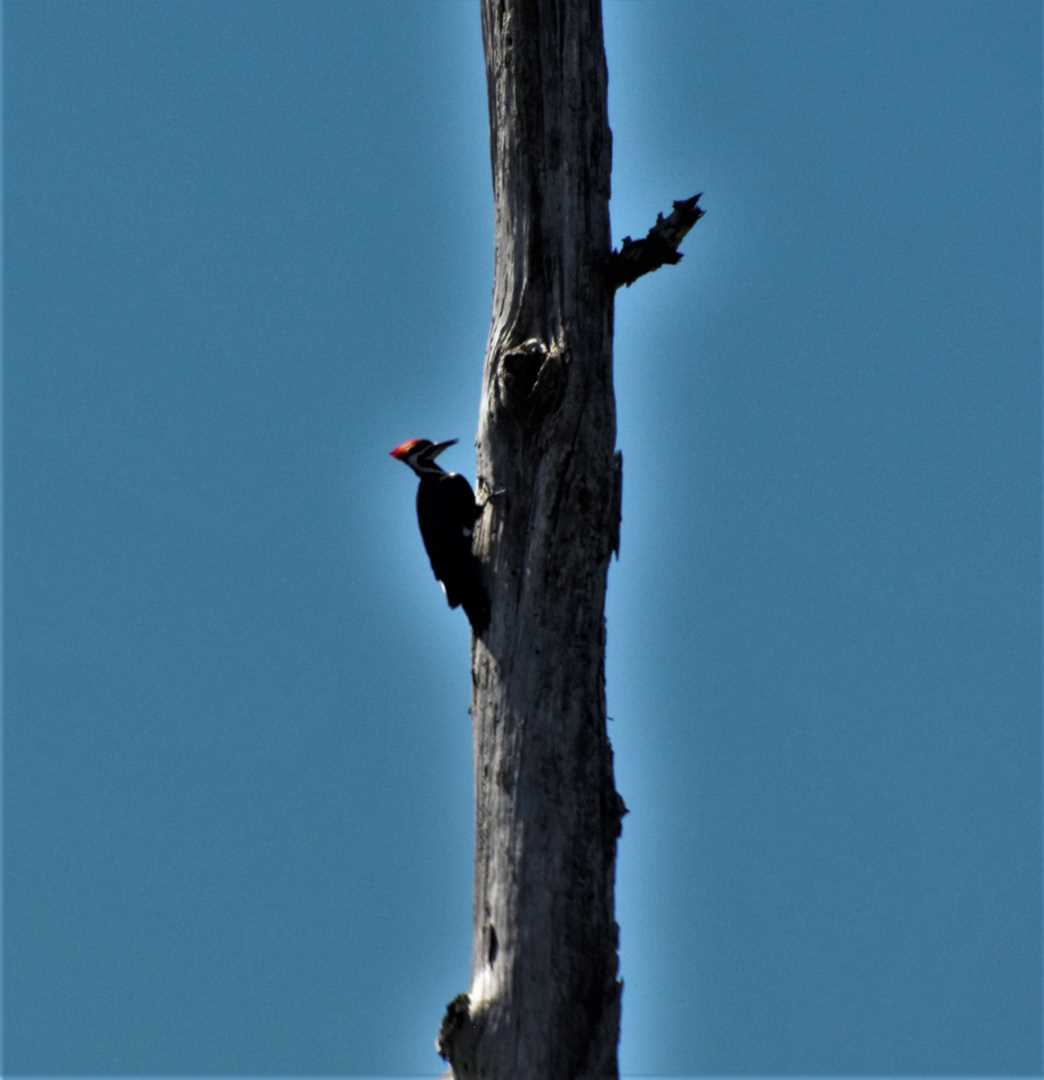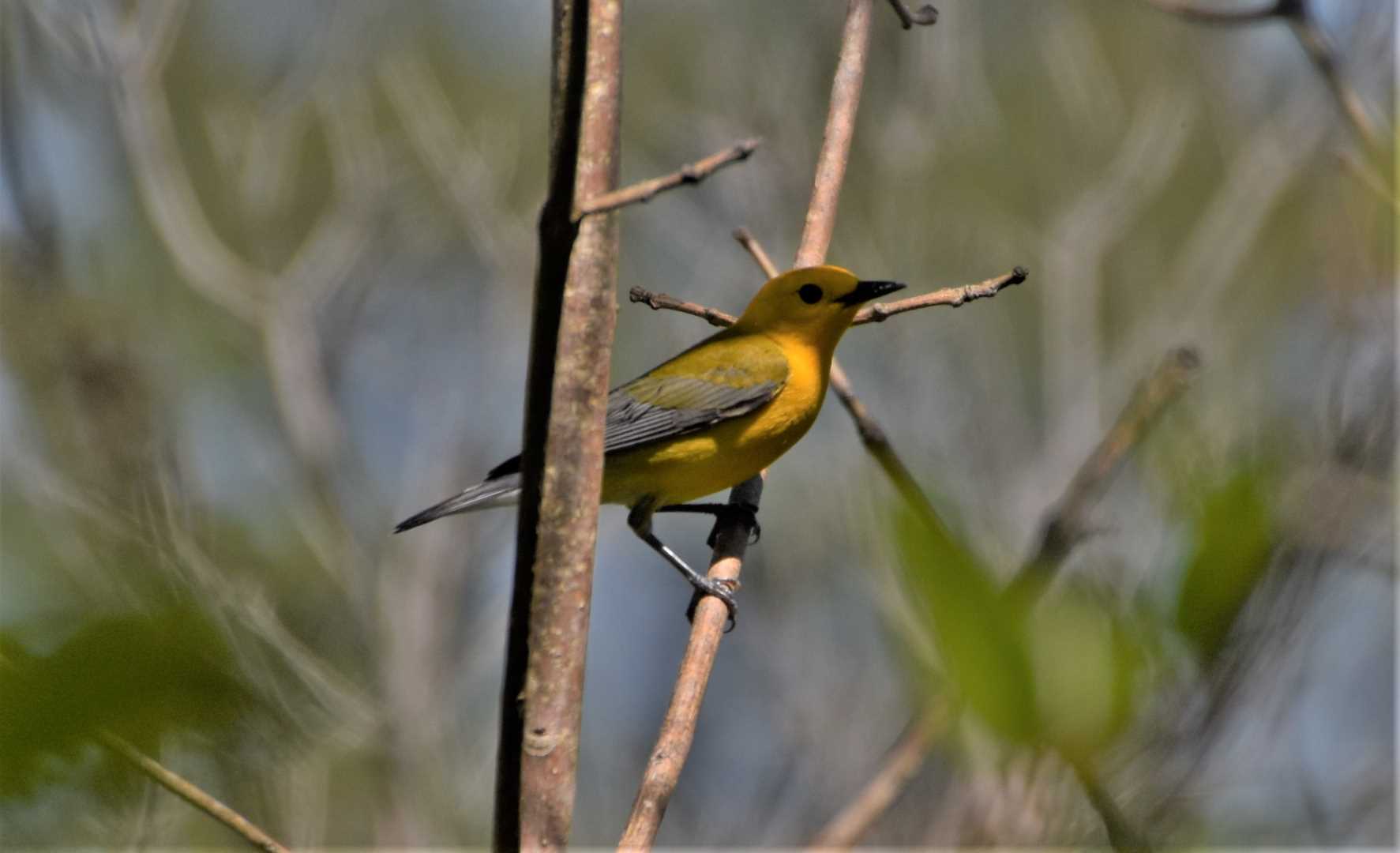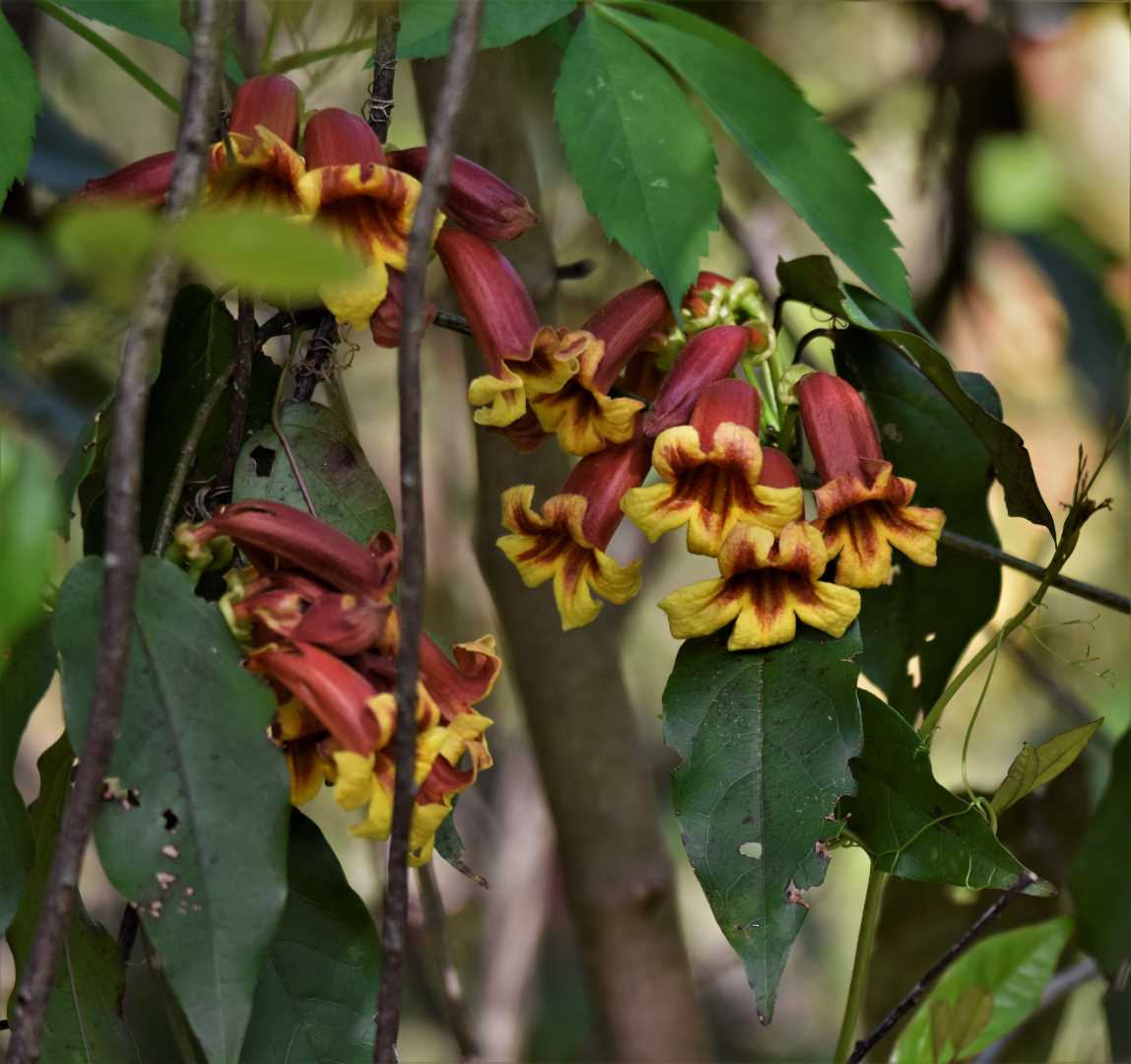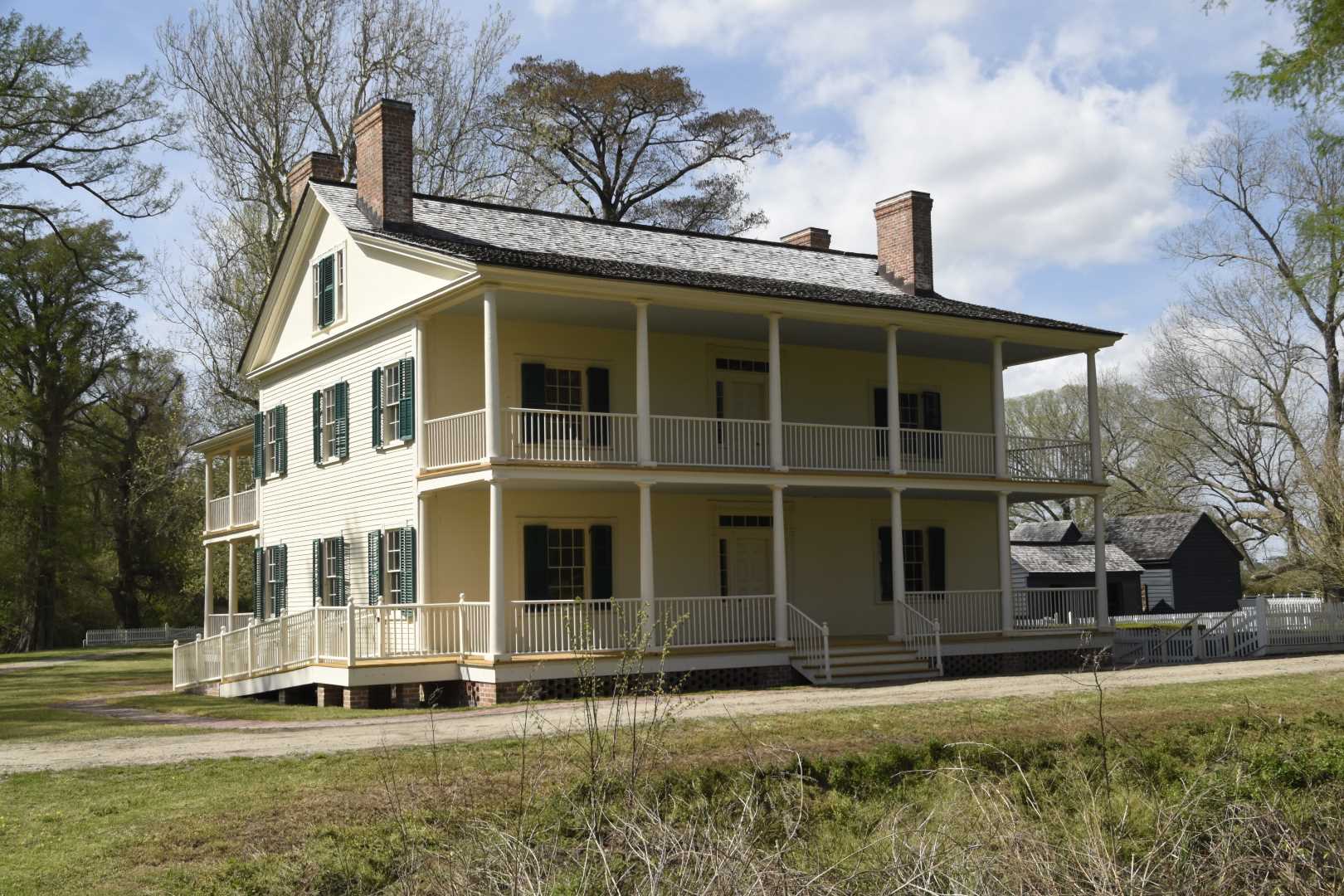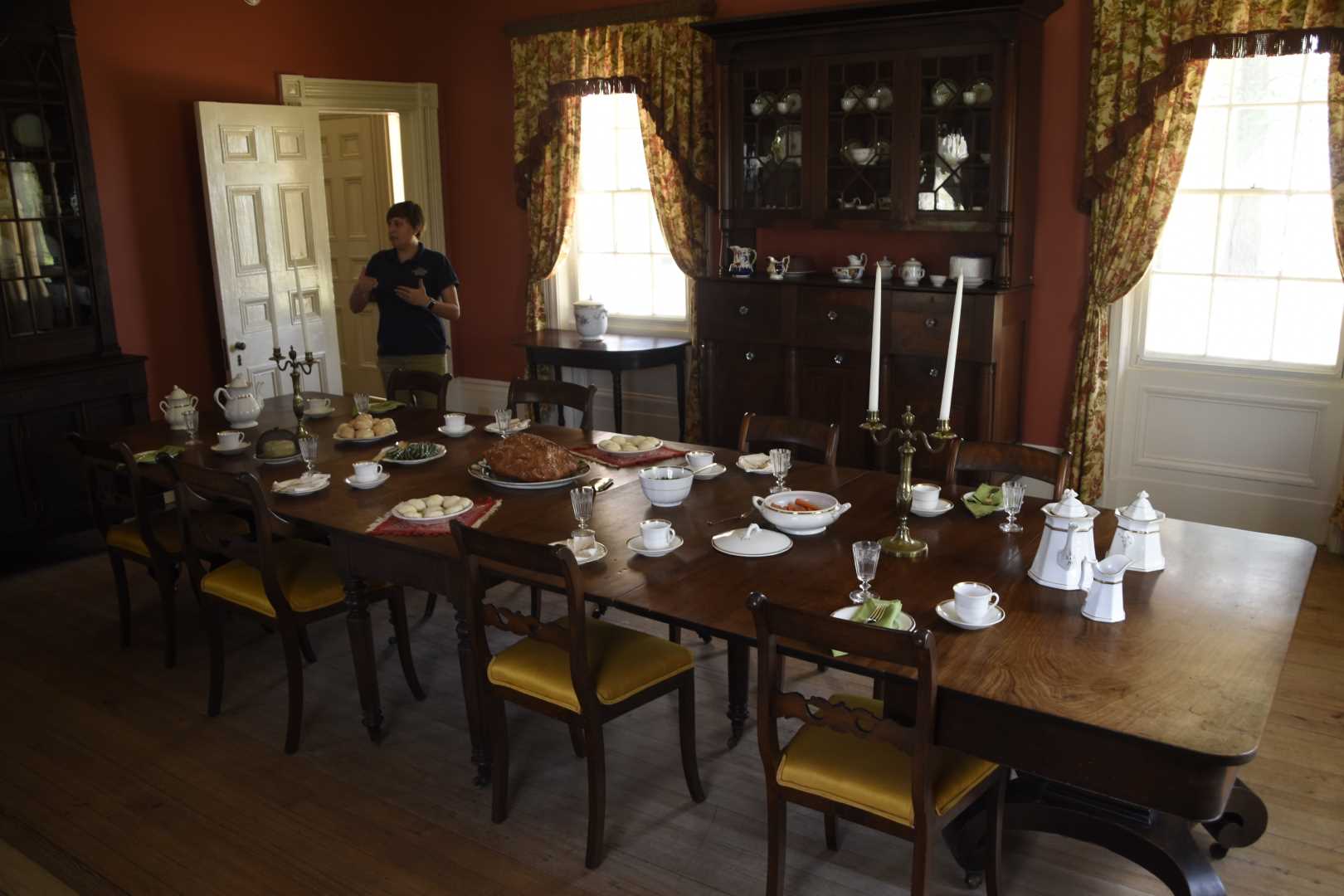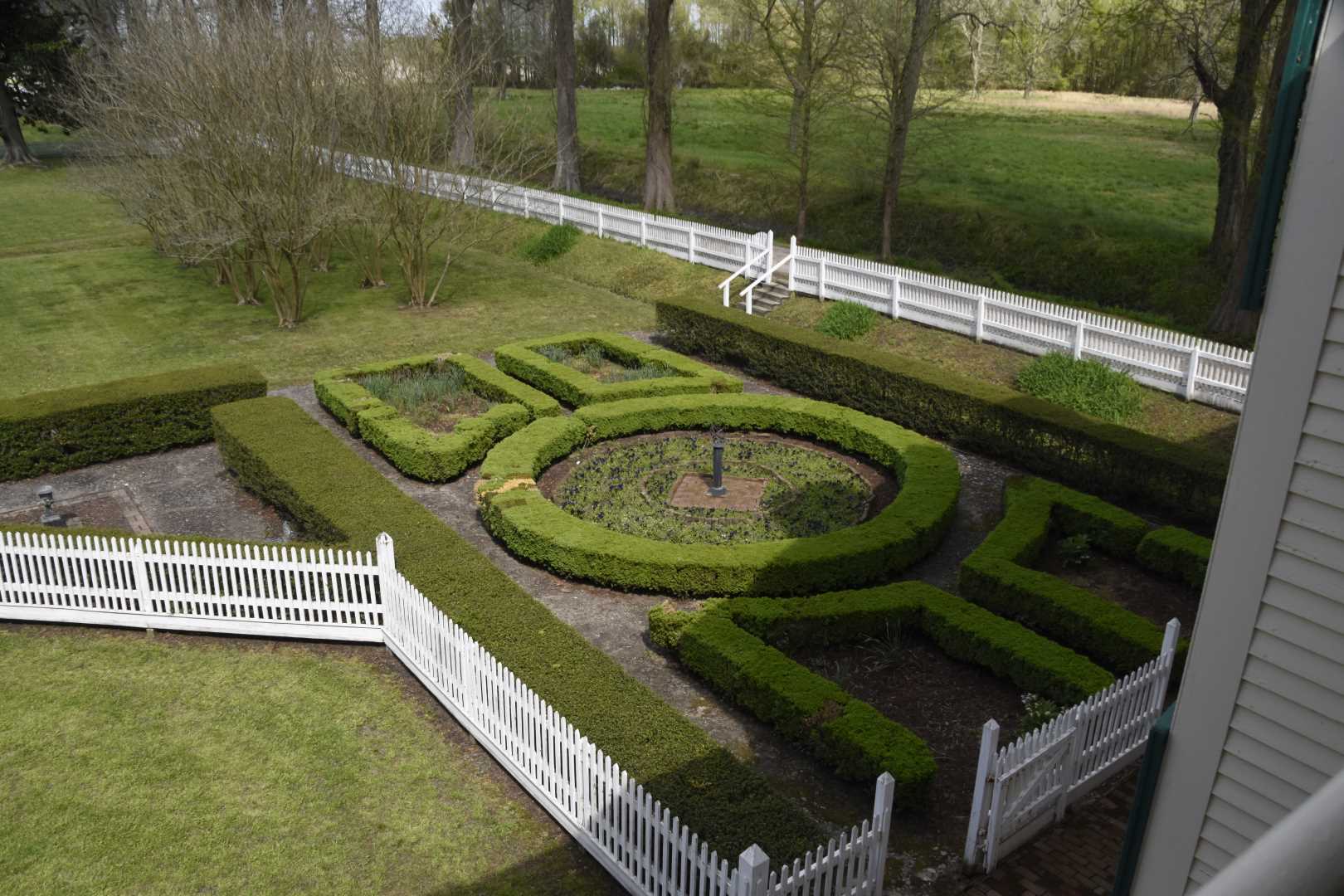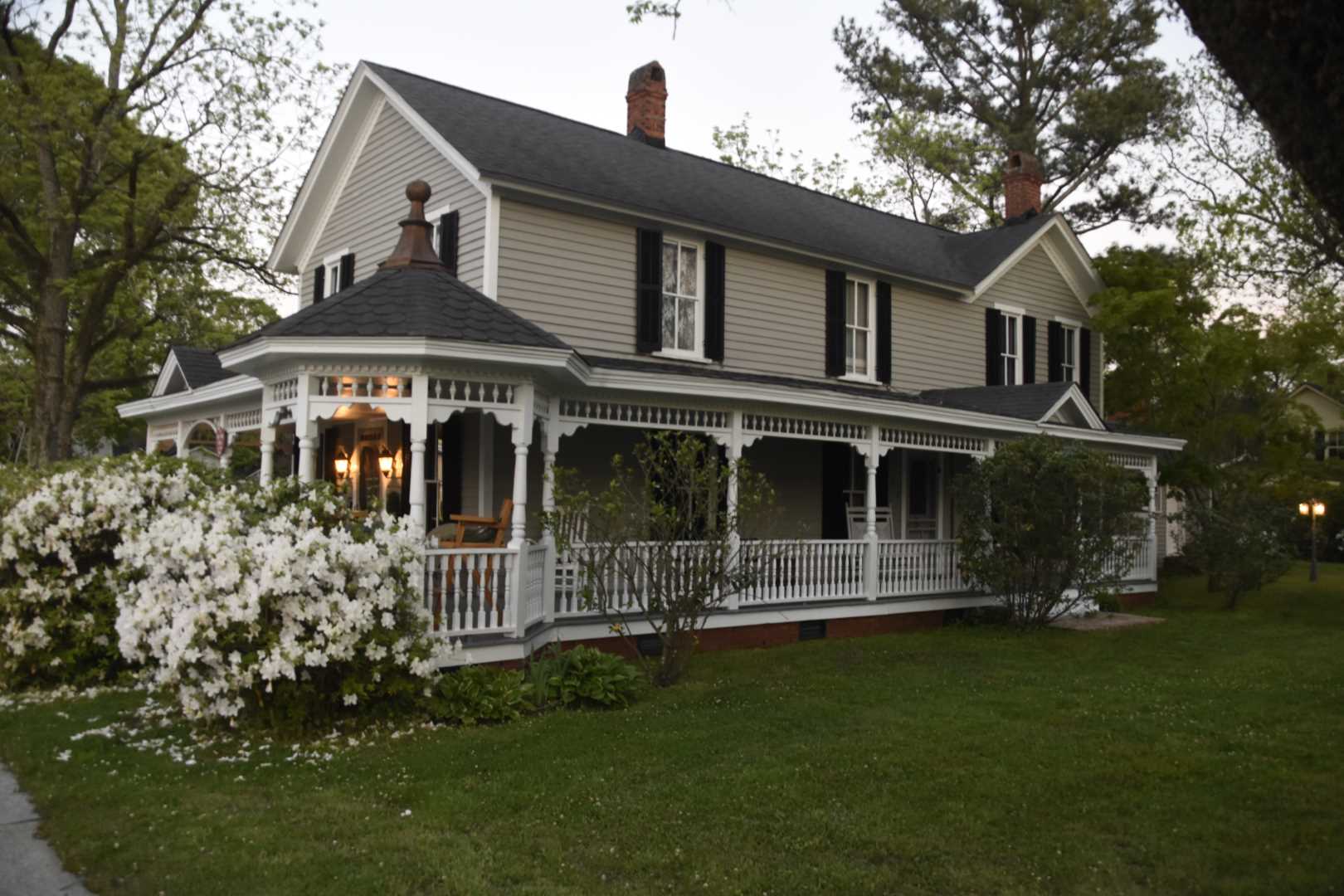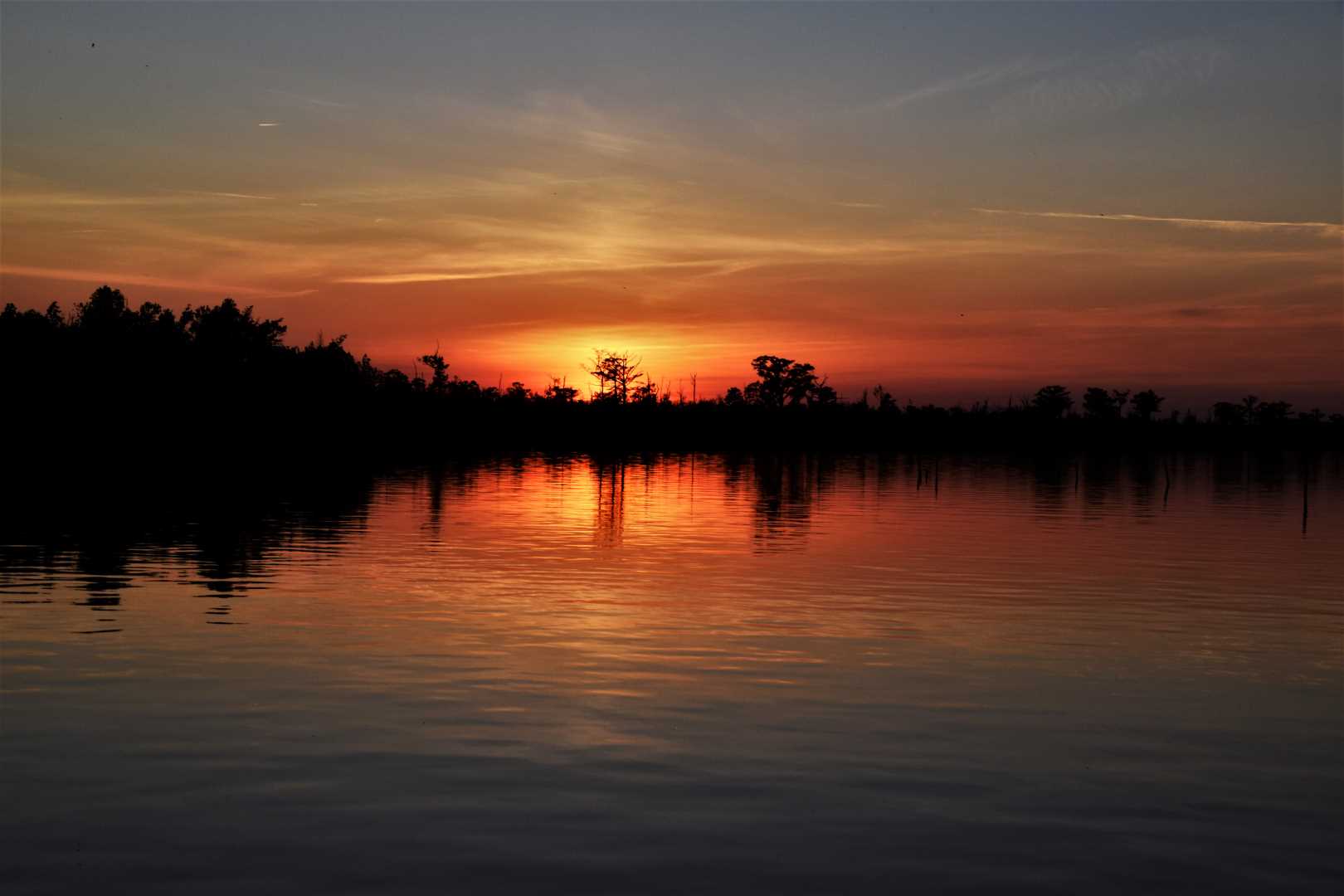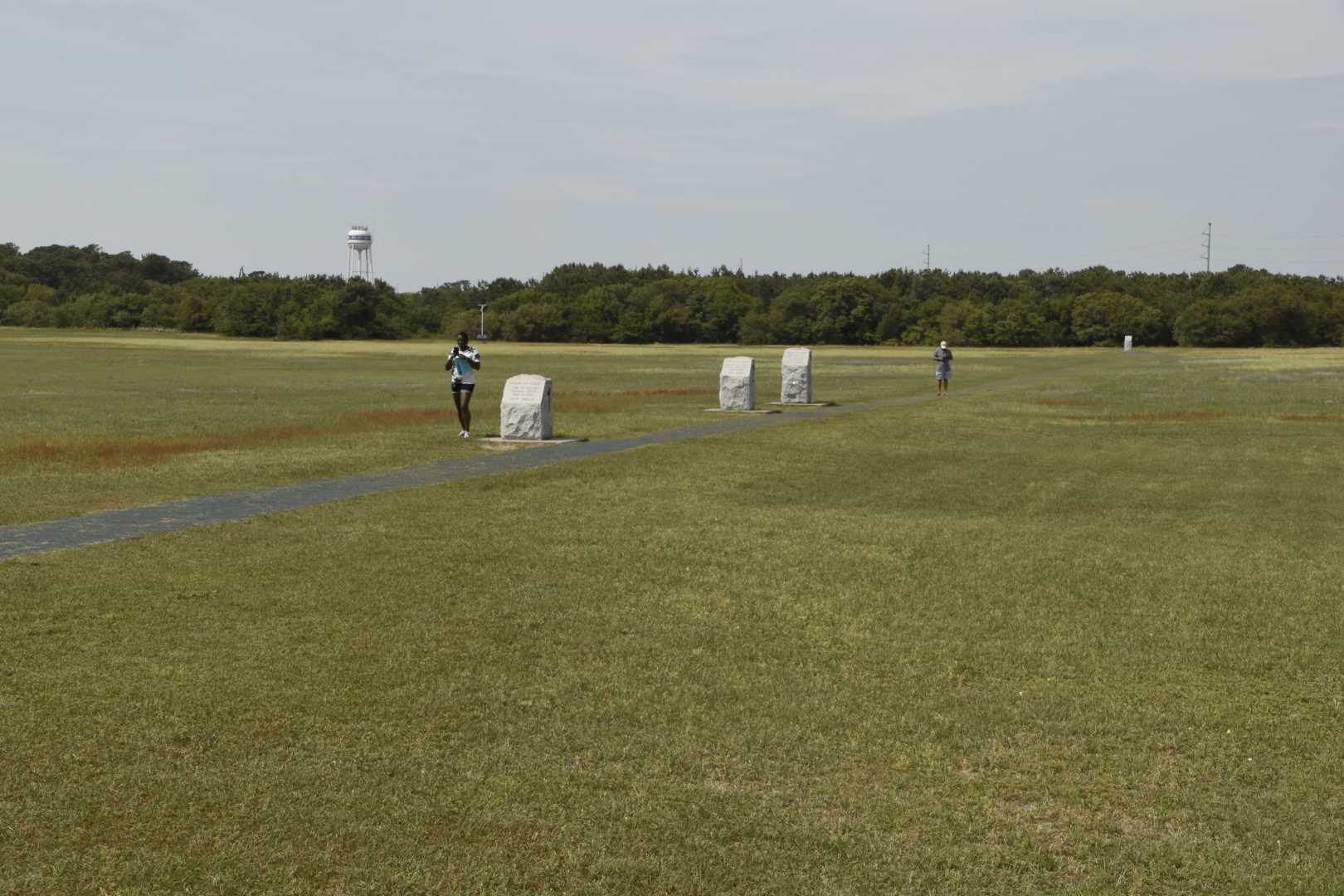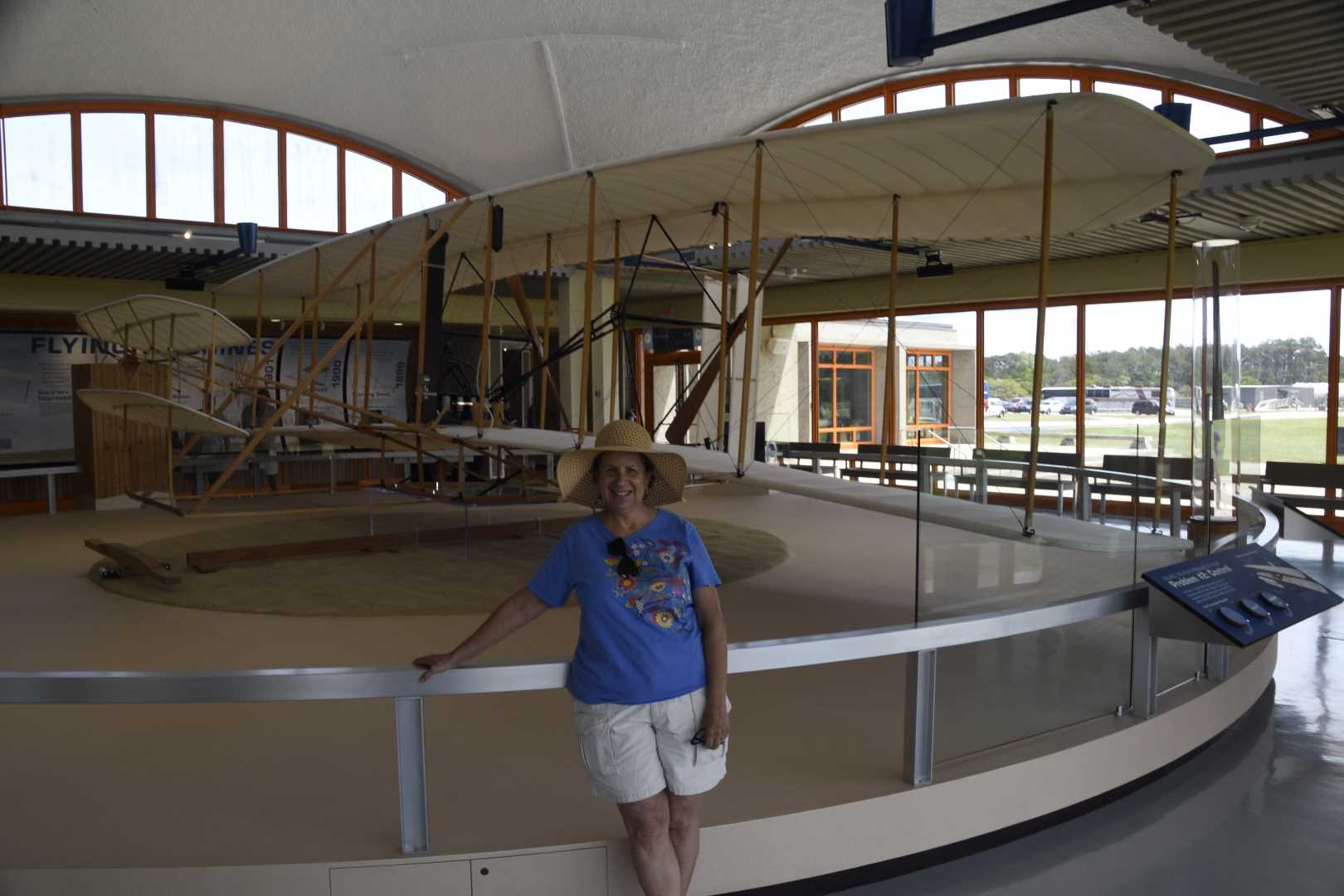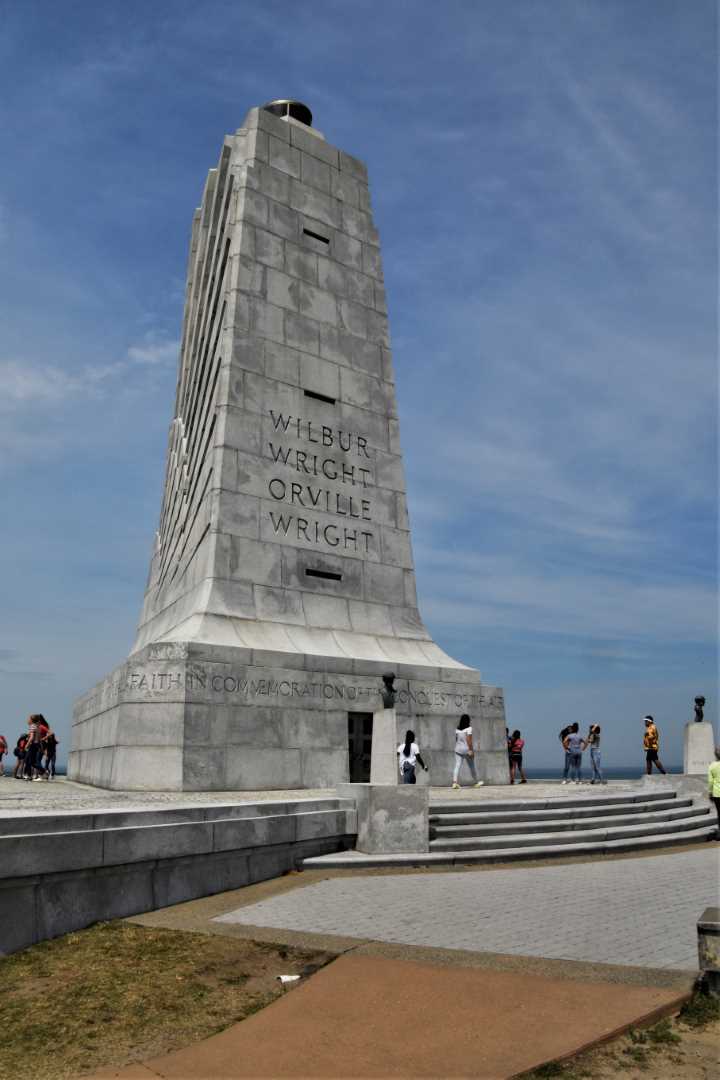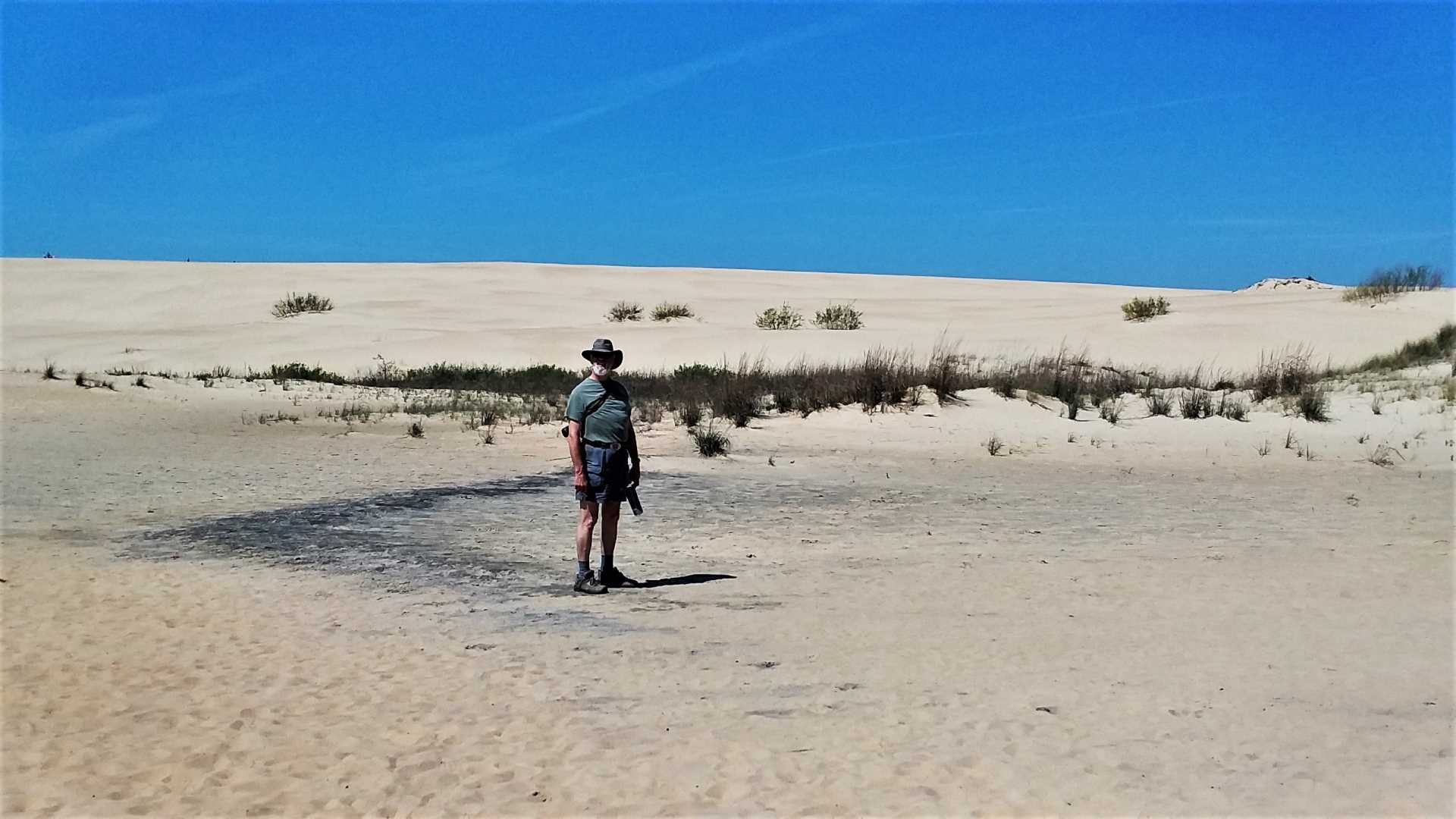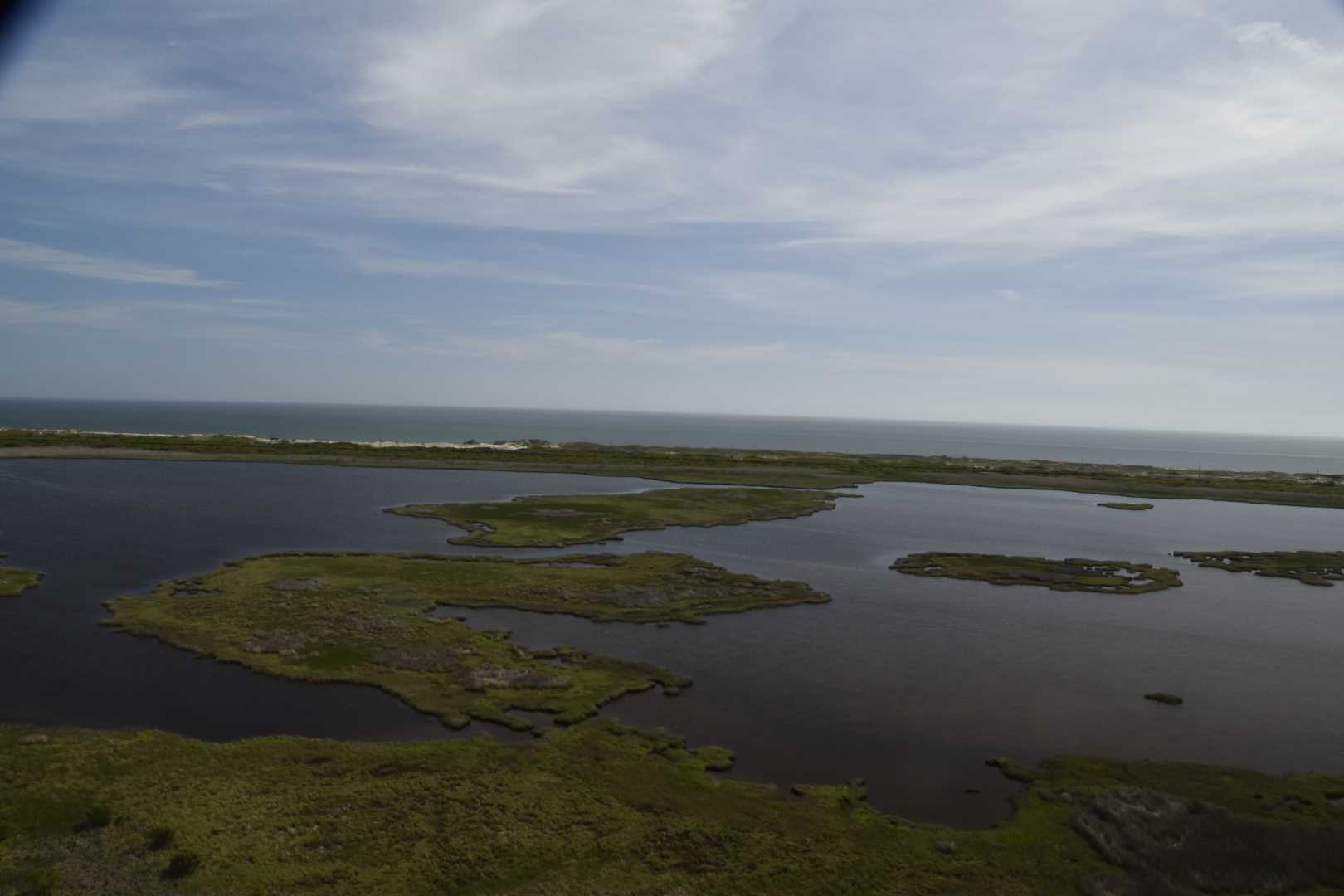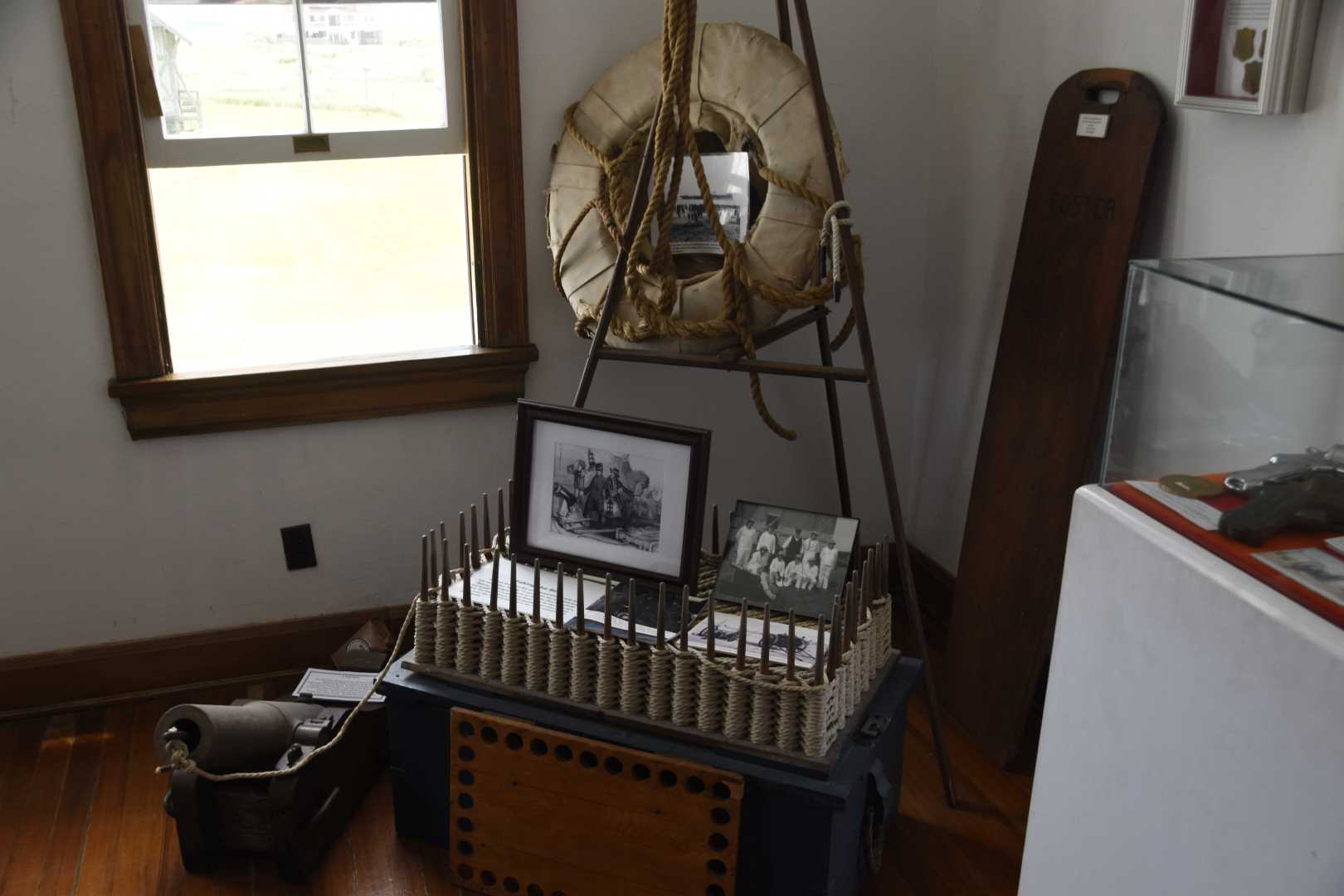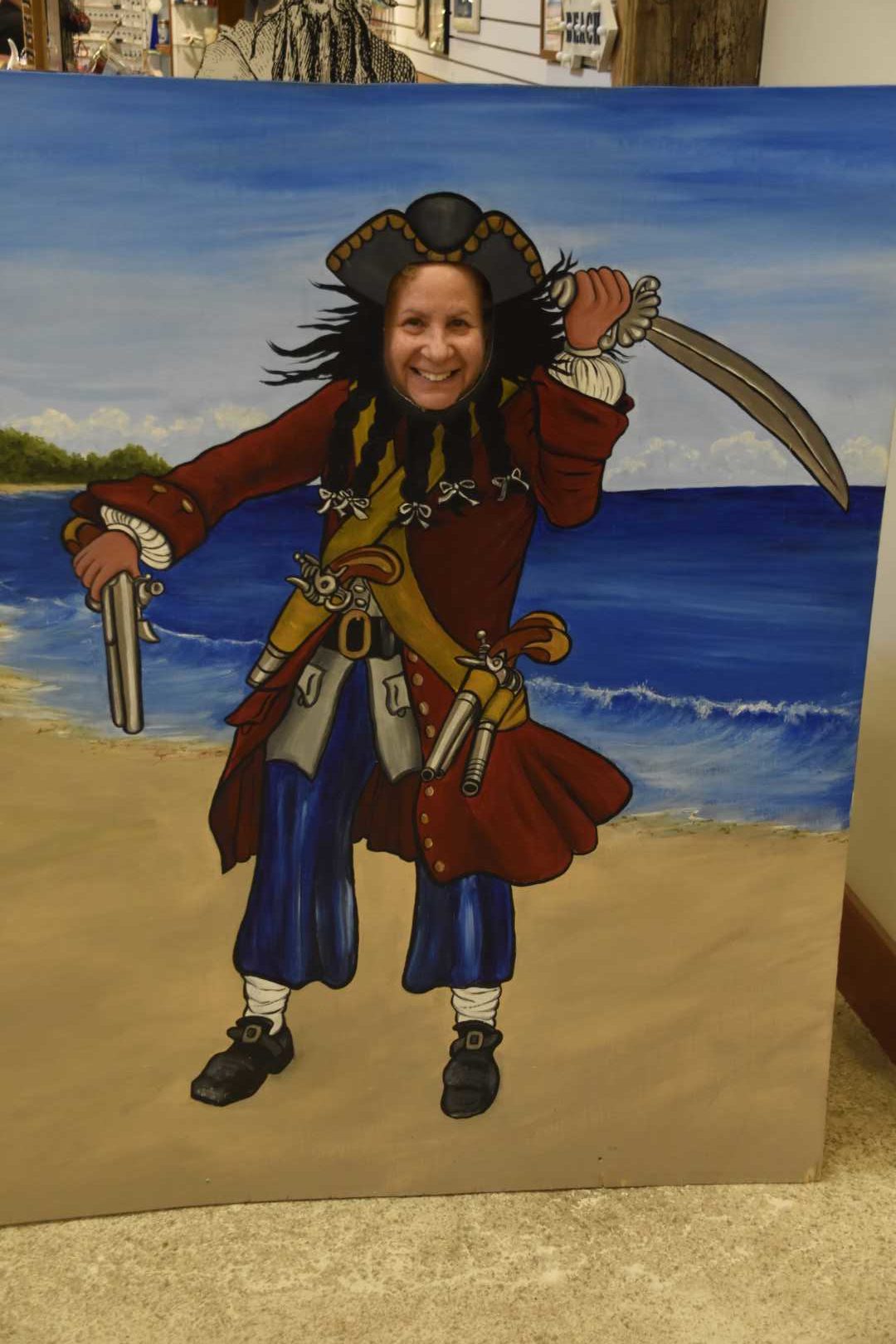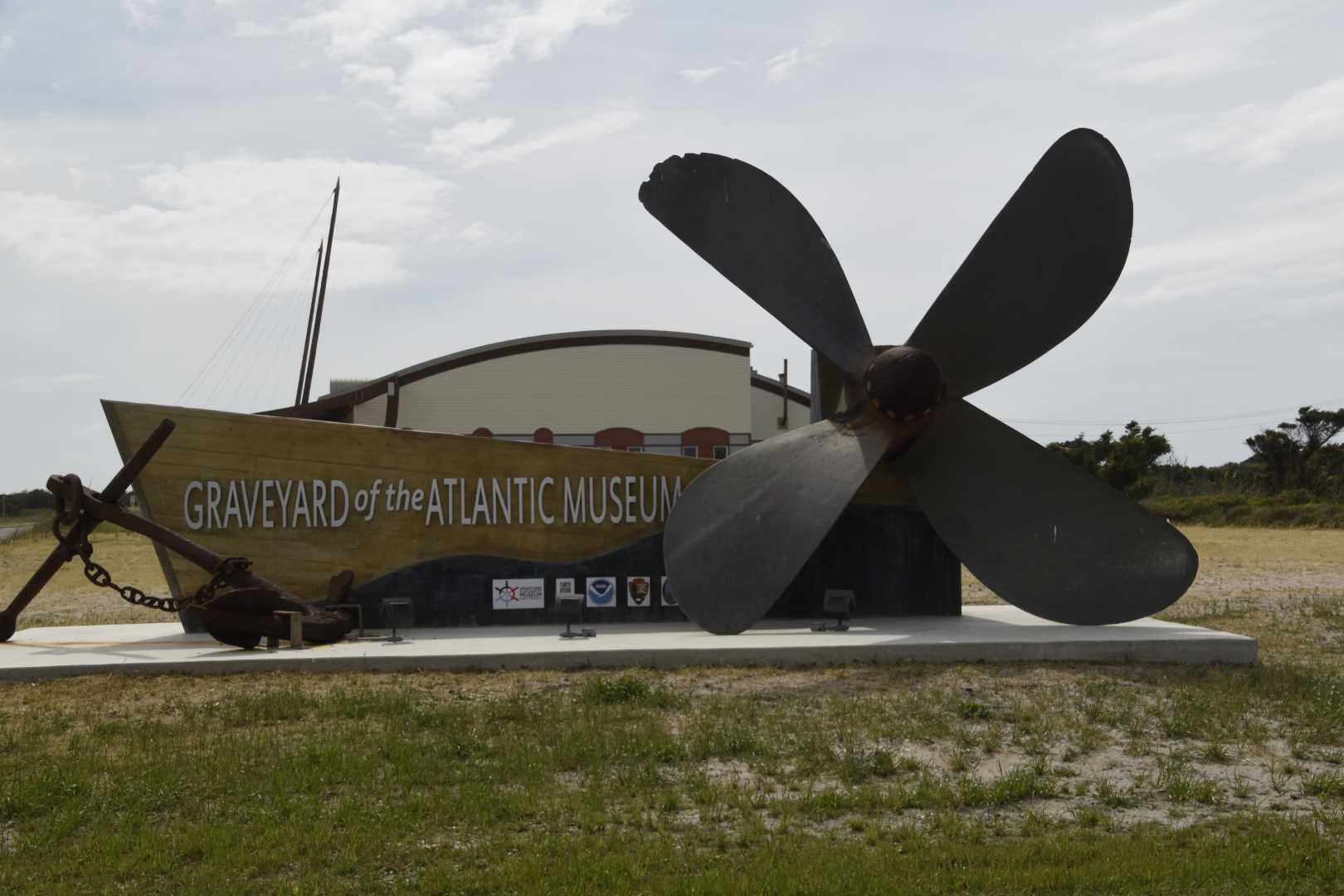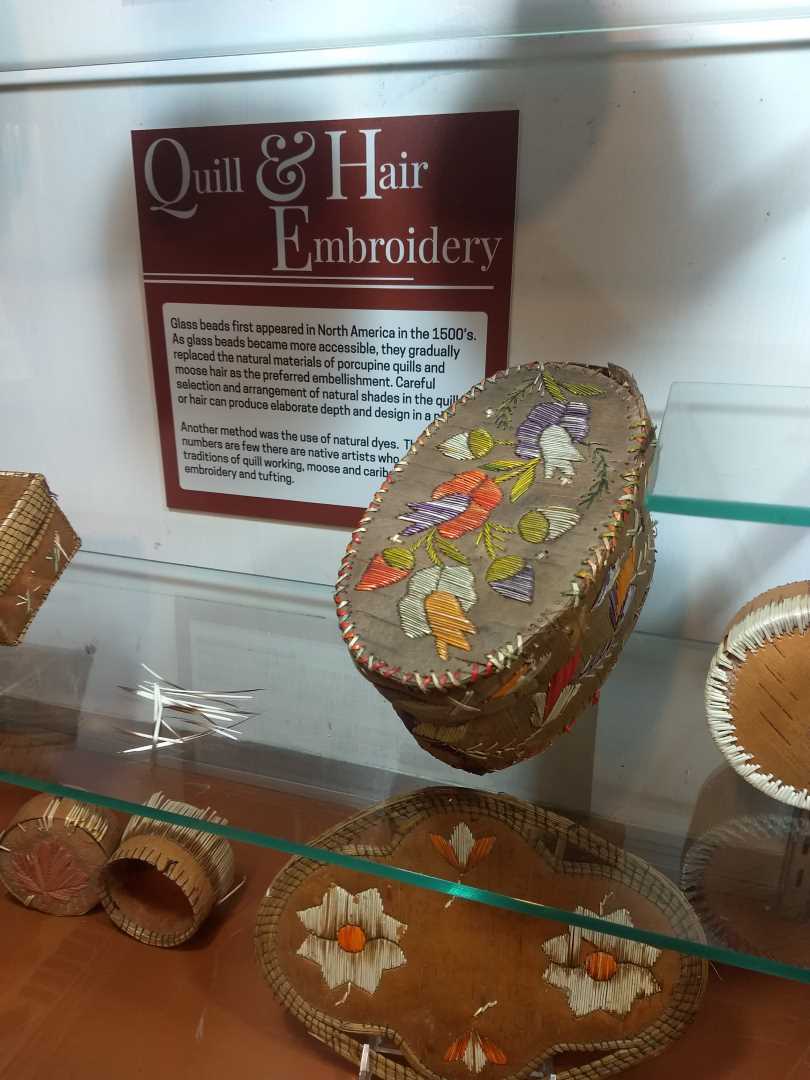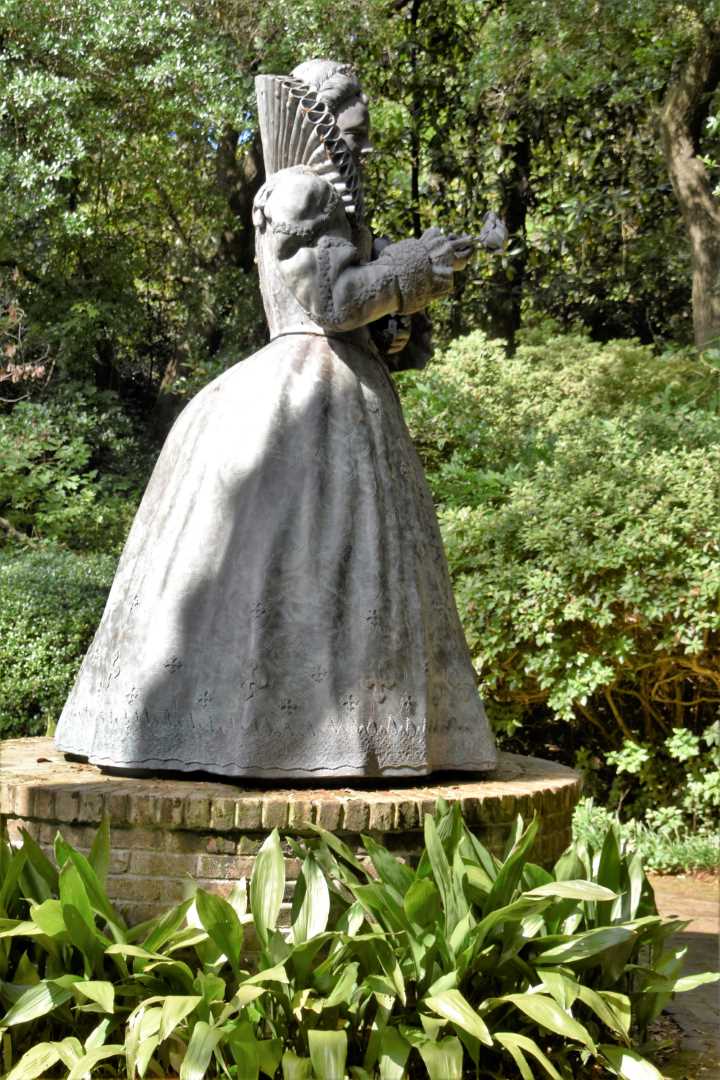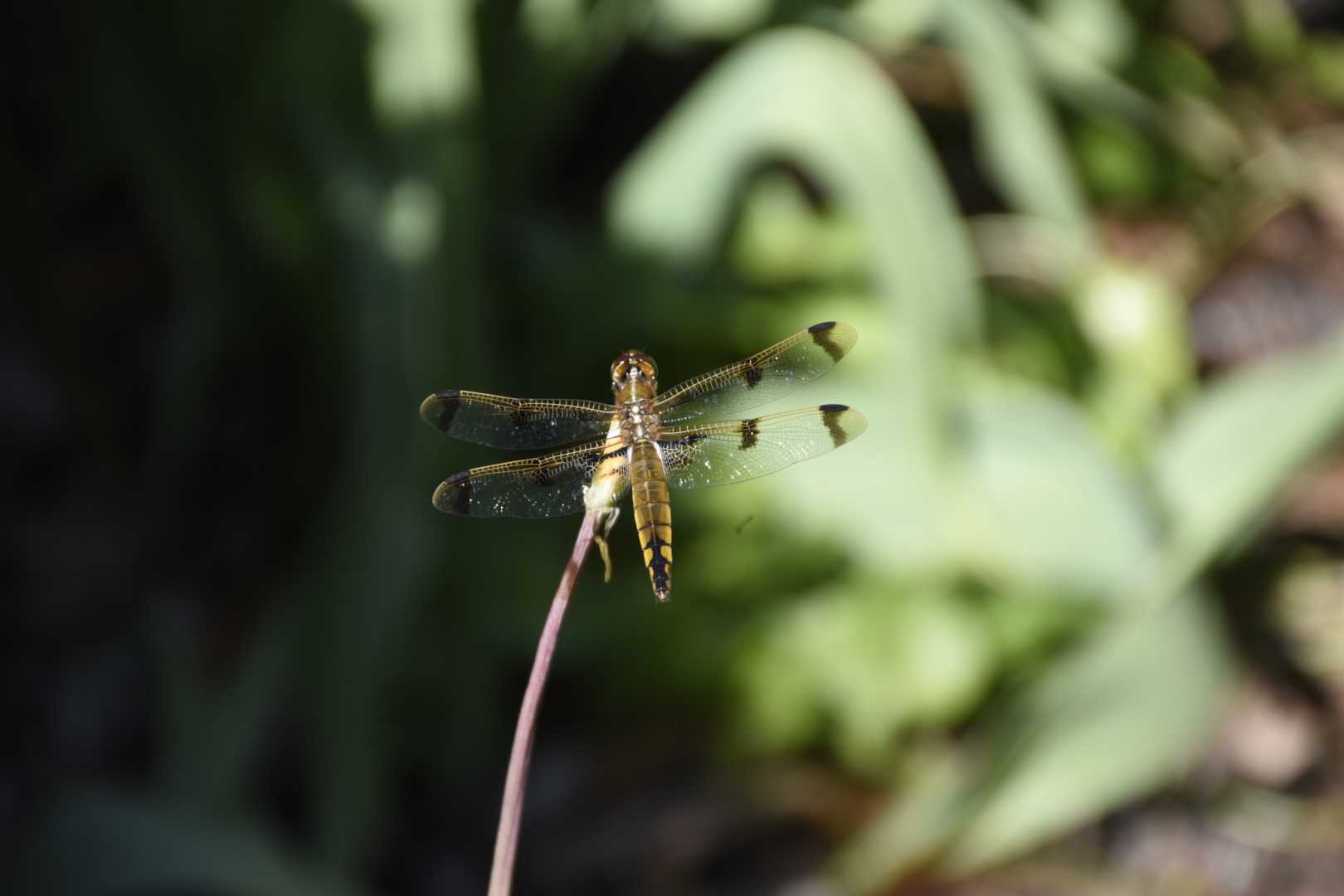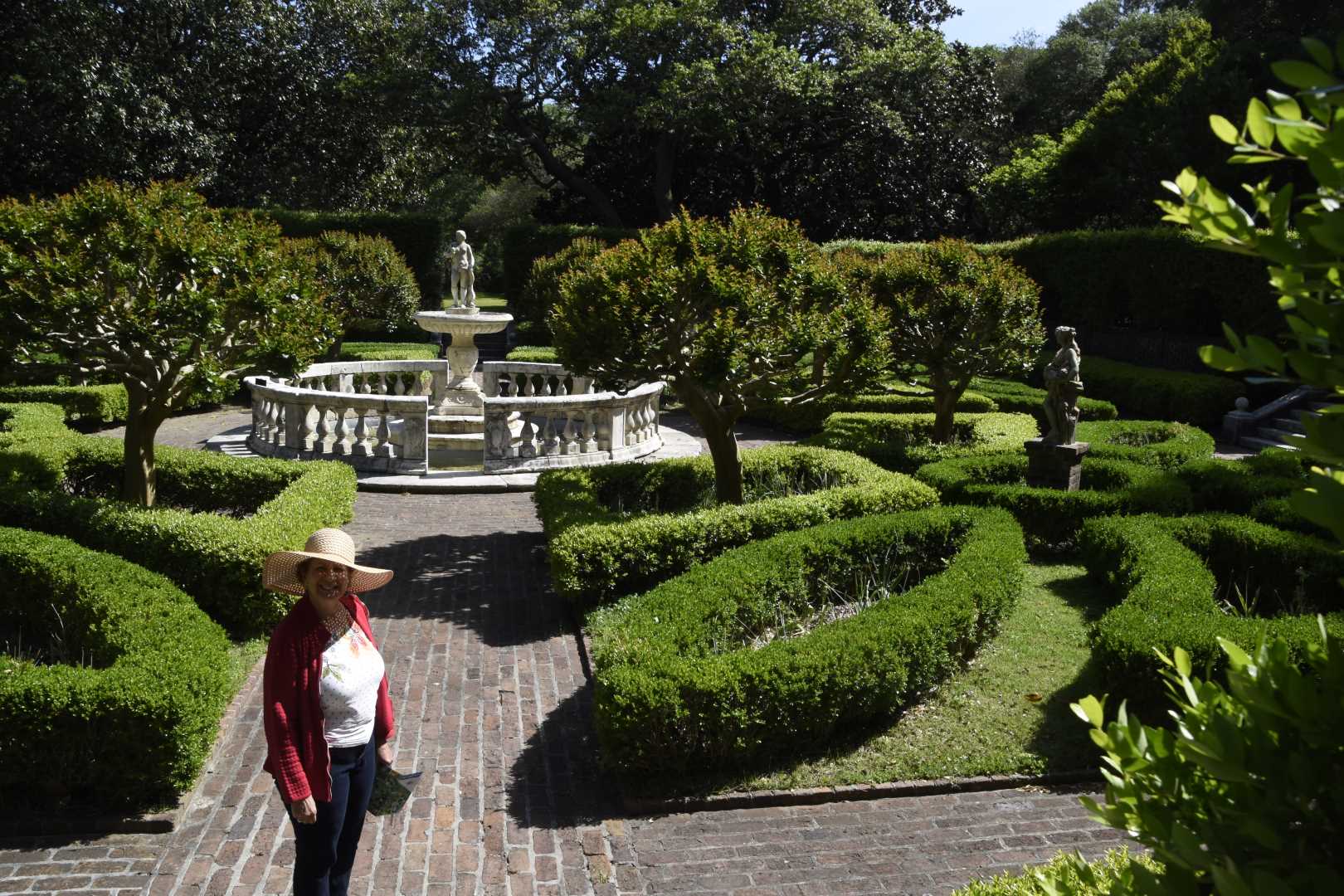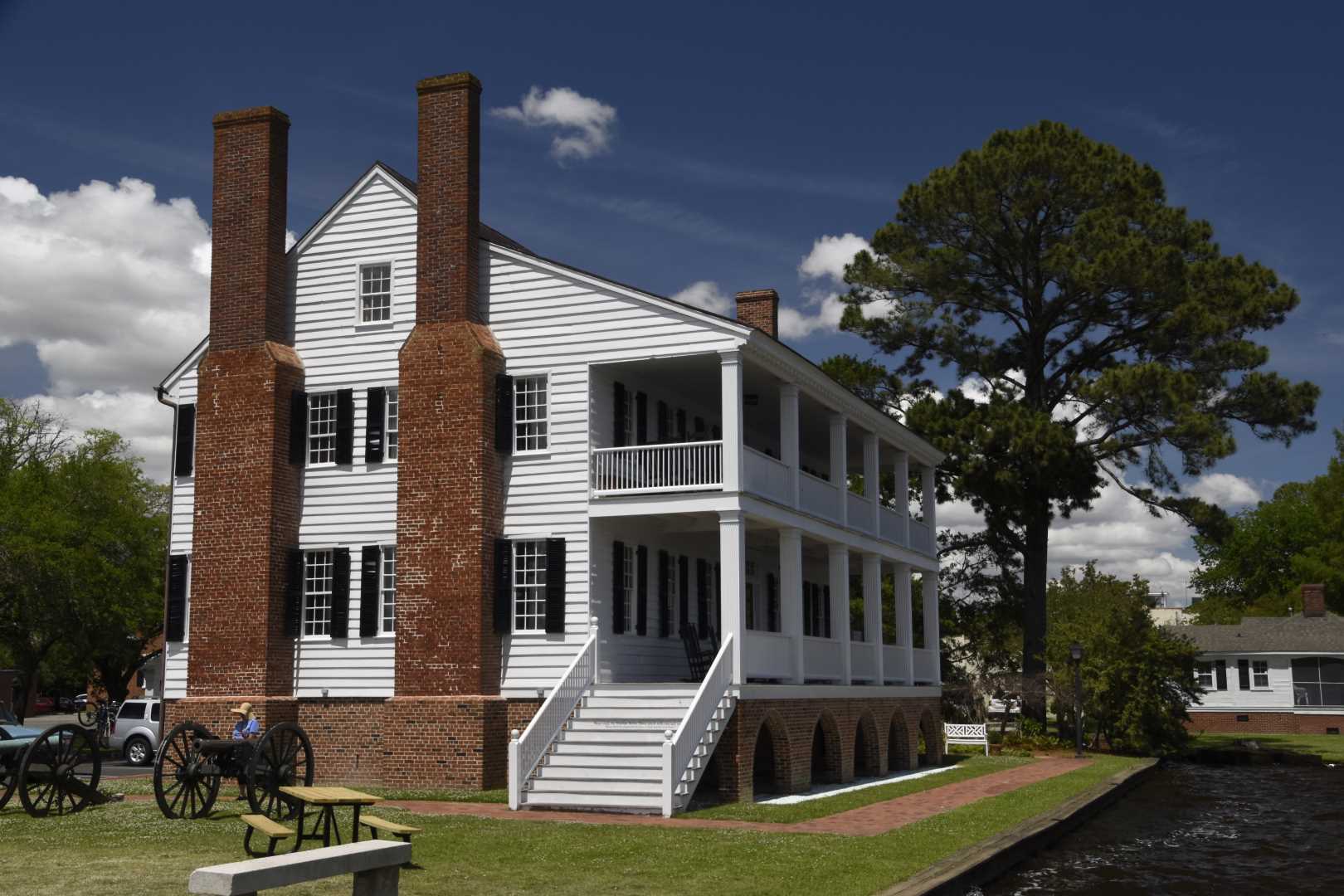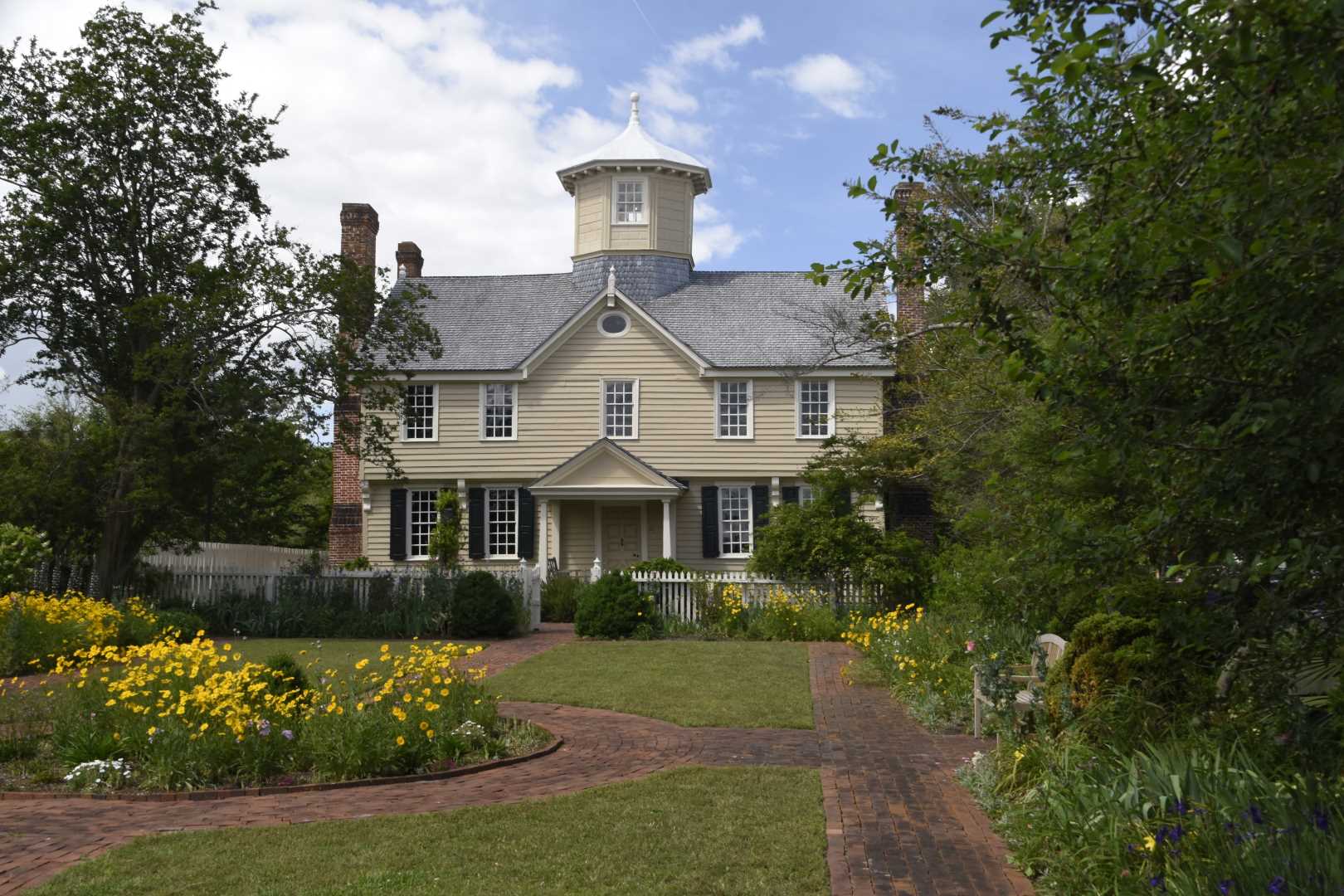We arrived in North Carolina a few days before we were scheduled to start volunteering at Pocosin Lakes NWR to link up with our friends Roy & Theresa. We had originally met them at the Escapee’s “Boot Camp” when we first started traveling. Good times, games, good food — and they introduced us to “water kiefer” (more on that later.)
The Visitor’s Center for the refuge is a beautiful building with lovely displays. One of the focus points for the center is the Red Wolf recovery and reintroduction. The Red Wolf is the most highly threatened carnivore in North America, having been eliminated from 99.7% of its range. A small experimental population of these beautiful animals was reintroduced to the wild on nearby Alligator River NWR, and our trailer spot is at the Red Wolf Education and Health Center. Occasionally, we will hear them howling in the middle of the night!
There is a pleasant, 1/2 mile long board walk that travels along the Scuppernong River and a tributary creek. Alligators, turtles, birds, and wildflowers can be seen along this walkway.
Nearby is Somerset Place, the historic site of a huge plantation. We received a wonderful tour of the buildings and grounds with a well balanced discussion of the lives of both the landowners and the enslaved persons who lived there.
We are located a short distance (about 30 miles) from Roanoke Island — site of the first attempt to establish an English Colony in the New World. About 100 settlers were left there in 1587, but three years later when a supply ship returned the settlement had been dismantled and the people were all gone! But the mystery of the Lost Colony remains.
The grounds of this historic site have only one small “fort”, but the story is well portrayed in the visitor’s center.
Columbia, NC, where we are staying, is the capital of Tyrell County but is a town of only about 900 people located along the Scuppernong River. There are many lovely old homes in the more prosperous part of town. Of course, North Carolina was a part of the Confederacy.
We have made several trips to the Outer Banks, and have more still planned. Most of us are familiar with the famed events that occurred at Kitty Hawk in 1903 — The Wright Brothers Memorial is a wonderful place to visit. (Actually, the famous flights took place a few miles south of the town of Kitty Hawk, near the base of Kill Devil Hill.) They made four flights of 120 ft., 175 ft., 200 ft., and finally 852 feet, taking off from level ground and flying for almost a whole minute!
Jockey’s Ridge is the largest active sand dune on the Atlantic coast. Like Kitty Hawk, it has reliable breezes for flying kites and para-sailing.
The Atlantic waters off the Outer Banks are known as the “Graveyard of the Atlantic” with over 5,000 known ship wrecks along that waterway. Therefore, construction of numerous lighthouses along this stretch were a priority, each lighthouse painted a different pattern with a different light pattern to identify the exact location to captains at sea. One of these is Bodie Island Lighthouse, just south of Nags Head, with 120 steps to the top and a view of the ocean from the top.
Cape Hatteras Light House is one of the most famous.
The United States Life-Saving Service built a number of Life Saving Stations along this stretch of the “Graveyard of the Atlantic”. One of these was Chicamacomico Life-Saving Station, located in Rodanthe. Here we could revisit the heroic efforts of these men to save the lives of ship wrecked seamen as they draged their boat and equipment through the beach sand to wreck sites up to six miles away! Of course, it was a beautiful, clear day with pelicans flying past when we were there!
There is even a museum called “Graveyard of the Atlantic Museum”. The outer banks was once a haven for pirates. While it was interesting, I think the best part was it’s entrance sign.
While we know that Native American People occupied all of North America until European settlement began, it was surprising to find an Native American Museum. It contained an interesting mixture of artifacts from various peoples and regions of North America.
The Roanoke Colony was authorized by Queen Elizabeth I. This area has many sites that reflect this connection, including the lovely Elizabethean Gardens.
About an hour away from us is the beautiful city of Edenton. Located well inland, deep on the Albermale Sound, in early colonial days it was a major sea port and was the first capitol of North Carolina. As we prepared to tour the town, Judith even met the Mayor!
In nearby Manteo also has the North Carolina Aquarium (I think there may be several around the state). It is not a large aquarium, but nicely done. The river otters were so cute. Judith got to pet a manta ray and was nearly eaten by a shark!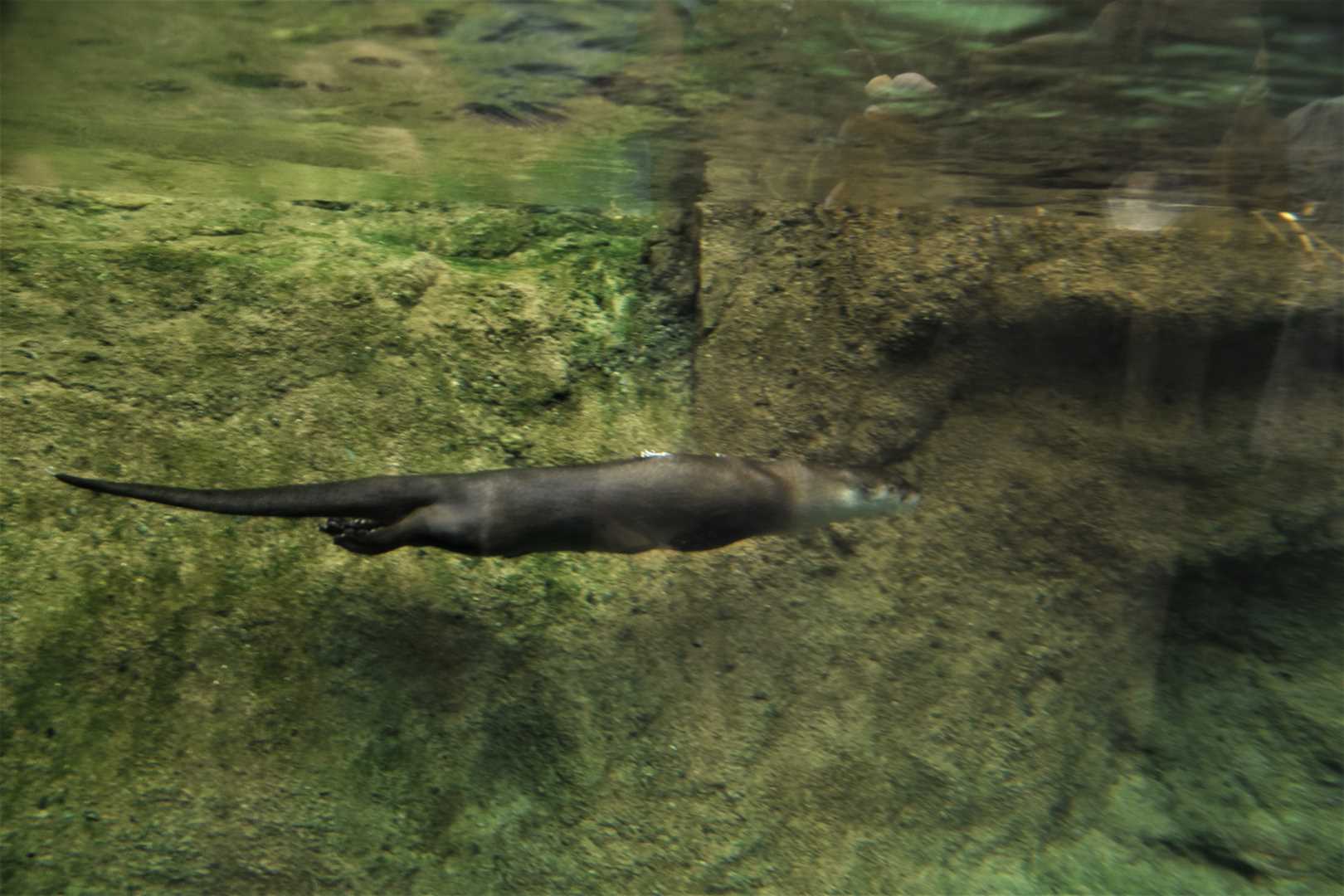
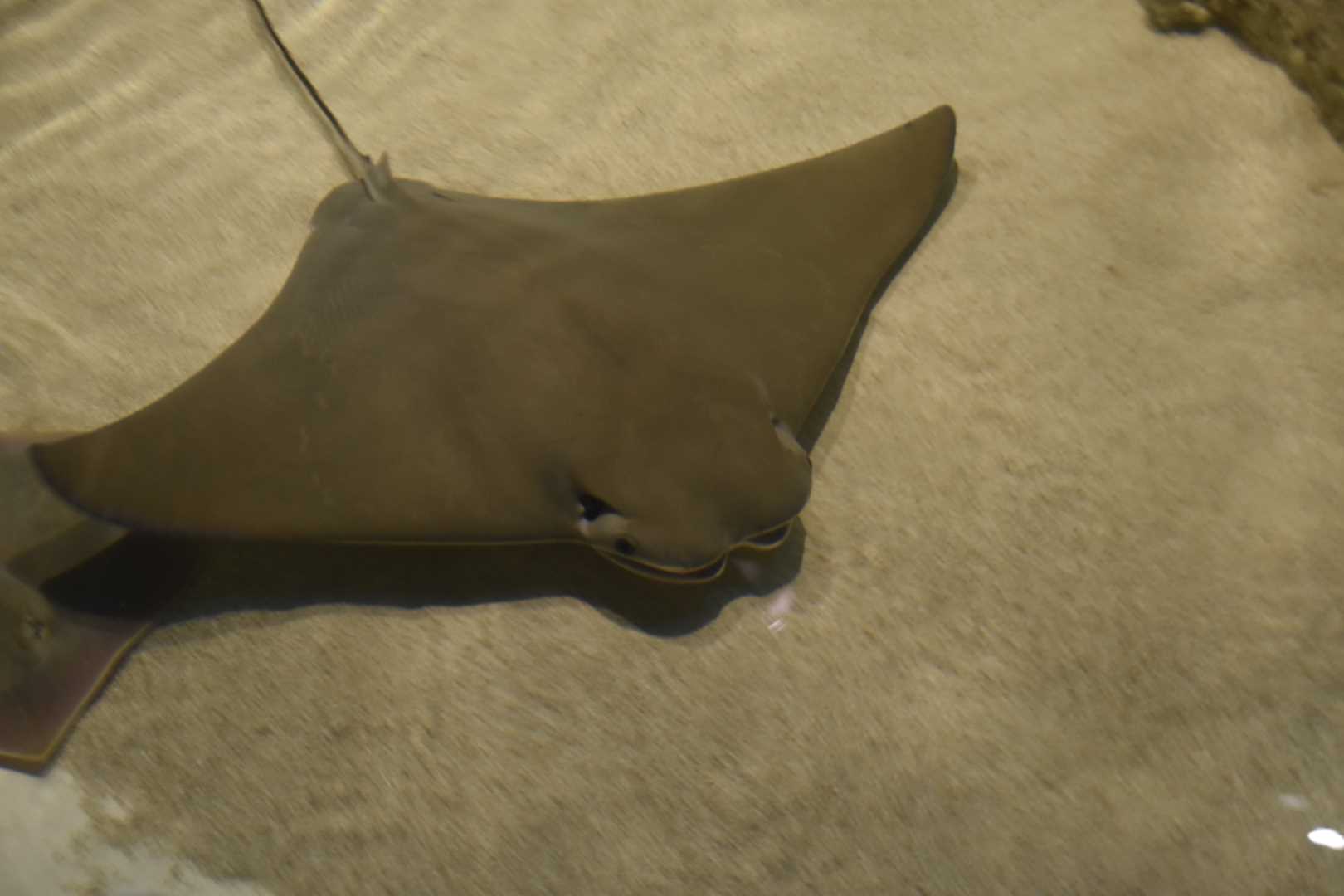
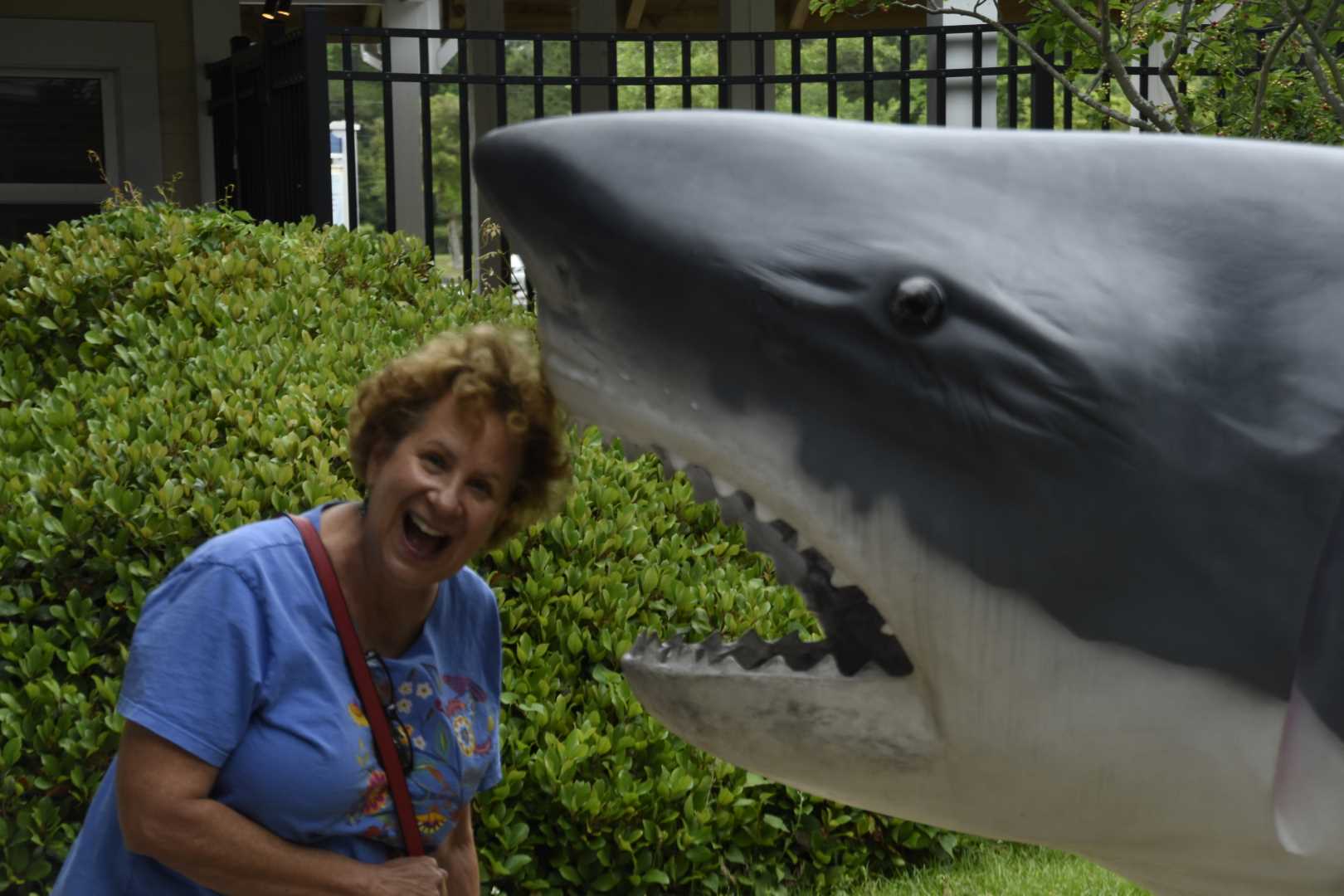
We still have other adventures planned for the last half of our time here in North Carolina. Stay tuned!
Next Blog Post: N Carolina Adventures – Part 2
Previous Blog Post: Traveling to Pocosin Lakes NWR – Family & Friends
